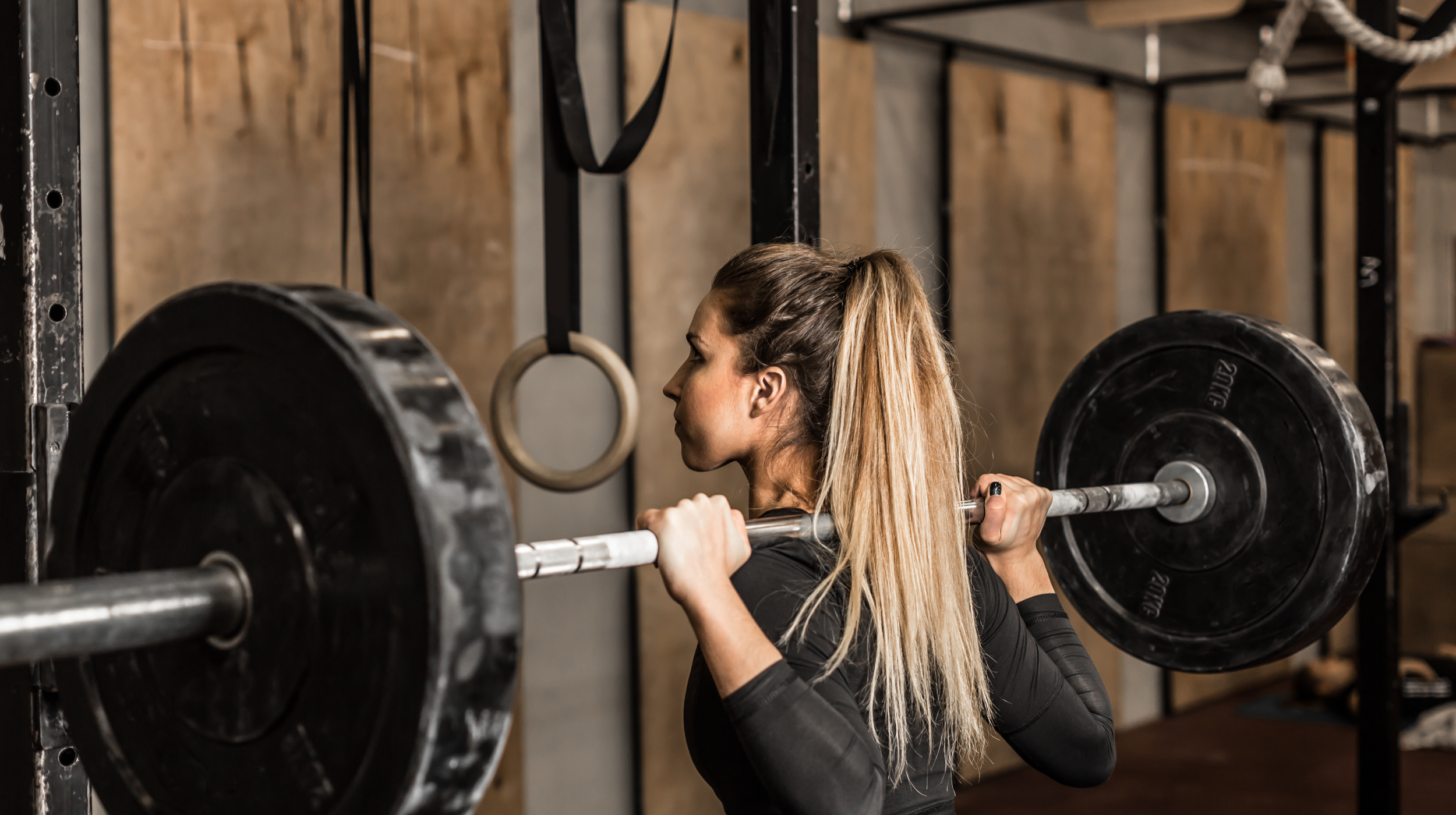Best Exercises to Gain Functional Strength
Dec 3, 2019 mindpumpFunctional strength means having the ability to run your load bearing joints (shoulders, hips, knees, and ankles) through a full range of motion without pain, stiffness, or restriction. As a result, your performance in sports, or everyday life should be hugely improved. Most of us get caught up in the bodybuilding world, thinking if we just pack on a bunch of cool looking muscles it’ll translate the same. The problem is that it is a sport built specifically for aesthetics. While it can definitely help increase performance and daily activities, it isn’t the ideal way to train nor as useful for the general population.
Instead of there being as much of a focus on symmetry, the focus for functional strength is balance of movements. With that said, I’ll go over what the best movements will help you gain functional strength.
1. Maximal Strength
These movements are about moving maximal weight, at low repetitions, and good form. Typically compound movements such as squat, deadlift, and the bench are used. Most people think of powerlifters when they hear these movements. The difference in a more functional strength setting, is that you never want to be training to failure. Always stay 1-2 reps shy. This will help you recruit more of your central nervous system to fire more muscle fibers as well as better biomechanics (control over your body).
Example: Quick explosive contractions, followed by slow controlled eccentrics
Squats – 5 x 3
Bench – 3 x 3
2. Multi Planar Strength
These movements focus on being aware of your body in space. The downside to most bodybuilding is that everyone works in the sagittal plane of movement. Functional training focuses on all planes (think diagonal stepping, side to side, front to back). You want to feel strong in any of these given planes to both increase performance and decrease the risk of injury. Most injuries occur due to a lack of being able to maintain proper form throughout the full range of motion. So for these, work on increasing resistance throughout the full range, but make sure to stop once your form breaks. Work on it over time.
Example:
Rotational Lunges – 4 x 10-15 each side
Renegade Row to Push Up – 4 x 10-15
Also consider using tools that aren’t equally balanced like a dumbbell is. Sandbags, kettlebells, and sledgehammers are examples of tools with uneven weight that force your less commonly trained stabilizing muscles to work harder.
3. Explosive Strength
Power is the amount of weight you can move between two points in the shortest amount of time. It’s taking the strength you built in the first movement, but moving it a lot faster. The focus should be on moving lighter weight as fast as possible and not trying to exhaust yourself. If your speed starts to decrease than the rep before, it’s time to take a break.
Example:
Box Jump – 4 x 10-15
Kettlebell Swing – 4 x 15-20
4. Strength Endurance
Some consider this, stamina or conditioning. It helps your strength have a bigger gas tank. This is usually the most tiring and challenging phase for most people. Again, train hard but don’t push yourself to failure. Bring yourself close to that edge to make it really challenging, but listen to when your body needs to stop.
Example: complete all 3 exercises in succession without a break. Rest. Then repeat 3 more times.
Barbell Squat – 45 seconds
Pull-Ups – 30 seconds
Push-Ups – 45 seconds
If you focus on these movements, you will no doubt have a balanced physique that can perform in all ranges and planes of motion. You’ll even find your body looks the best it’s ever been. Try working in these movements for 8-10 weeks and see how it translates back to whatever routine you were doing before.
If you find you are a fan of functional training and want a more complete layout of these examples above, check out the MAPS Performance workout plan. It takes all the information above and lays it out into a comprehensive four phase workout program.







